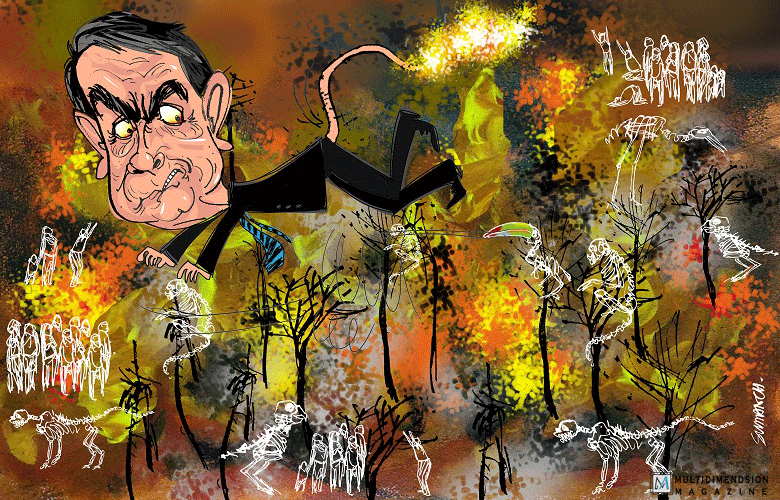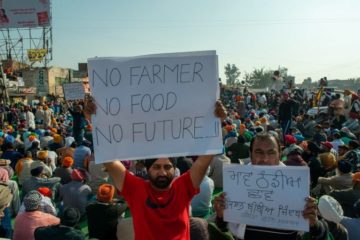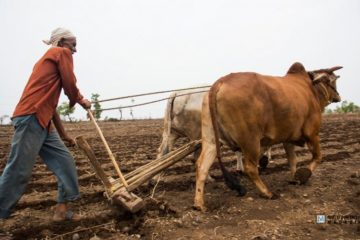Written By: Dr. Trina Biswas
Department of Agricultural Economics & Agribusiness
Louisiana State University, Baton Rouge, Louisiana, USA
Illustration: Suman Choudhury
The Amazon River Basin, home to the largest rainforest on earthcovers roughly 40 percent of the South American continent. It encompasses areas in Brazil, Bolivia, Venezuela, Colombia, Ecuador, Peru, Guyana, Suriname, and French Guiana.Nearly two-thirds of amazon’s forest cover lies in Brazil.
The Amazon rainforest has long been recognized as a warehouse of ecological services for the world. It is home to almost 10% of the world’s biodiversity and 30% of the world’s species. The rainforest is referred to as “Lungs of the Planet” and contributes greatly to local and global climate by absorbing humongous amounts of Greenhouse gases like Carbon Di Oxide (CO2)from the atmosphere and thereby plays a major role in combatting climate change.
The Amazonia is burning – over the past few weeks devastating forest fires have been spreading across the Brazilian Amazondepleting carbon-absorbing forest and emitting millions of tons of carbon dioxide into the atmosphere.Though the recent fire has attracted international attention and concern, this is not a sudden existential crisis the rainforest is facing. It is just the tip of the iceberg. The number of fire outbreaks recorded in the Amazon in on the rise again reversing years of decline. A vast majority of Amazon fire can be attributedto human actionsleading to environmental damage.
According to Brazil’s National Institute for Space Research, every minute more than a soccer field’s worth of Amazon forest is disappearing. According to the Brazilian Space research center, nearly 40000 fires were detected in Amazonia alone in 2019 which is a 77 increase from 2018, thanks tothe dramatic increase in illegal deforestation.
What are the biggest drivers of deforestation?
Exploiting Amazon has always proved to be extremely profitable. Farmers, ranchers, miners, and loggers have always used fire as one of the major tools often to clear out the land for business.One of the biggest contributors to deforestation of Amazon rainforest is cattle ranching. Globally rising demand and price for beef have made beef production a lucrative business. Brazil is currently the largest exporter of beef in the world generating $6.7 billion for the country’s economy in 2018. Converting forest to pasture for beef cattle is a major contribution of the deforestation of Amazon rainforest.
Large scale agriculture like Soybean production is fast becoming a major driverof deforestation in the region. Brazil is the second-largest producer of soybeans in the world currently and a major portion of Soybeans produced in the Amazon is used as cattlefeed. Moreover, inrecent years, cultivation of Soybean in the Amazon has expanded rapidly to meet the rising demand for Soybeans in the production of Ethanol leading to rapid deforestation of the rainforest.
Colonization projects, illegal logging, illegal mining for gold, aluminum, and other mineral deposits in the Amazon, and governments land settlement programs have also contributed to the deforestation of Amazon rainforest. Government rules and regulations have also played a pivotal role in the destruction of the Amazon since the current Brazilian government led by Jair Bolsonaro reversed longstanding protections for the rainforest. Huge cuts in funding by the current Brazilian government in scientific research to combat deforestation is another obstacle in the fight to protect the rainforest.
What does forest fire and deforestation of Amazon mean for Global Warming?
Deforestation is considered to be one of the biggest contributors to global warming. The fire used for deforestation depletes carbon-absorbing forest and releases millions of tons of carbon dioxide into air by releasing the stored carbon in the trees. Deforestation contributes to environmental damage by changing rainfall patterns and extending the length droughts. According to Greenpeace, ‘Forest fires and climate change operate in a vicious cycle: as the number of fires increase, so do greenhouse gas emissions, increasing the planet’s overall temperature and the occurrence of extreme weather events, such as major droughts”.
Source:
https://www.sciencedirect.com/science/article/abs/pii/S0264837716309607?fbclid=IwAR2kdRCwZiiQ0rJbw-iWg-Rc29rx6W0a8KM7uM1F21Fo-LBb5c4gwvkJ5-s#fig0025
https://globalforestatlas.yale.edu/amazon/land-use/soy
https://www.greenpeace.org/usa/news/brazilian-government-land-sett/
https://rainforests.mongabay.com/amazon/amazon_destruction.html
https://www.newscientist.com/article/2129024-amazon-rainforest-under-threat-as-brazil-tears-up-protections/
https://www.worldatlas.com/articles/the-world-s-largest-exporters-of-beef.html




